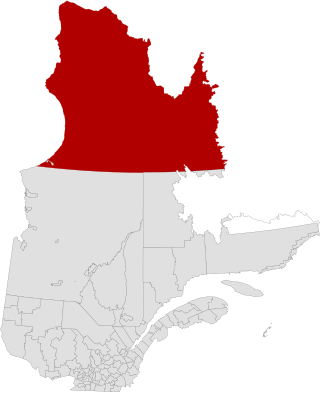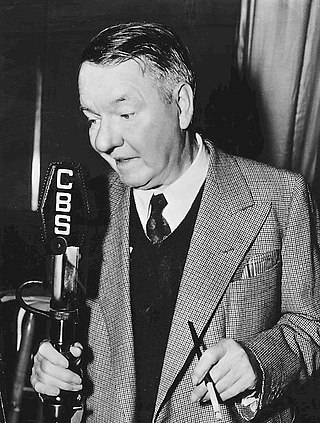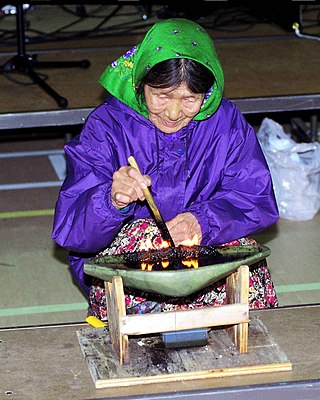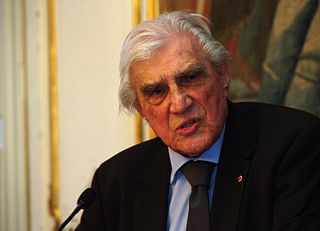Description
Kabloona recounts Poncin's solo unsupported journey in the Canadian Arctic near King William Island, Canada, where he lived with the Inuit (in those days, still generally called the Eskimos [1] ) for about 15 months during the period 1938 to late 1939. Poncins was a French aristocratic count in his late thirties. Bored with the business world, Poncins became a freelance journalist so that he could travel, selling accounts of his experiences to newspapers and magazines.
- Curiosity drew him to exotic areas throughout the world – Tahiti, New Caledonia, and, eventually (in 1938), the Canadian Arctic. What he discovered there, he believed, was a nobler way of life and, perhaps, a means of saving a fallen Western world. Initially, the lure of the Arctic for Poncins stemmed from a general disillusionment with civilization. [The trip resulted in] his popular Arctic travel narrative, Kabloona.... Although Poncins was French, the text was first published in the United States in English in 1941; the French edition followed six years later. In many ways, the book was primarily an American phenomenon. Upon his return from the Arctic, Poncins submitted well over a thousand pages of notes in French and English to an editor at Time-Life Books. The editor shaped the text into its published form, and Time-Life successfully marketed it to large American audiences. The French edition of Kabloona is a translation of the English Time-Life edition. [2]
In Kabloona, Poncins explores Inuit culture and the Inuit world view, leaving the reader with a deeper understanding of such things as wife-swapping, living in an igloo at −40 °C (−40 °F), why and how Inuit have feasts lasting 20 hours at a stretch, their concepts of time and family life, their perspectives on Europeans and European food and gear, the Inuit diet, hunting techniques, wildlife, nomadic life, dogs, weather, clothing, communal sharing of goods, and notions of private property. [1]
Poncins was not a scientist and did not study the Inuit from a scientific perspective. [1] Rather, he provides his own stylized personal points of view and descriptions of Inuit life. [1] In the book, he is initially disparaging of the Inuit way of life, seeing it as primitive and often using the description "cave man". Indeed, a clear theme of racial superiority, described in terms of innate intelligence and physical appearances, and cultural superiority in terms of morals and ethics pervades the first part of his work. As the book progresses and his hardships in the harsh Arctic environment take their toll (at one point Poncins runs 1,400 mi (2,300 km) behind a dog sled), he begins to find a new appreciation for the Inuit way of life, for their intelligence and resourcefulness, and experiences a spiritual awakening, ultimately reaching a point where he discovers that he himself has become so well adapted to the Inuit way of life that he is no longer a "kabloona" and has become one of them.

Knud Johan Victor Rasmussen was a Greenlandic–Danish polar explorer and anthropologist. He has been called the "father of Eskimology" and was the first European to cross the Northwest Passage via dog sled. He remains well known in Greenland, Denmark and among Canadian Inuit.

Nunavik comprises the northern third of the province of Quebec, part of the Nord-du-Québec region and nearly coterminous with Kativik. Covering a land area of 443,684.71 km2 (171,307.62 sq mi) north of the 55th parallel, it is the homeland of the Inuit of Quebec and part of the wider Inuit Nunangat. Almost all of the 14,045 inhabitants of the region, of whom 90% are Inuit, live in fourteen northern villages on the coast of Nunavik and in the Cree reserved land (TC) of Whapmagoostui, near the northern village of Kuujjuarapik.

Wind, Sand and Stars is a memoir by the French aristocrat aviator-writer Antoine de Saint-Exupéry, and a winner of several literary awards. It was first published in France in February 1939, and was then translated by Lewis Galantière and published in English by Reynal and Hitchcock in the United States later the same year.

William Claude Dukenfield, better known as W. C. Fields, was an American actor, comedian, juggler, and writer. Fields's comic persona was a comedically crude and hard-drinking egotist who remained a sympathetic character despite his supposed contempt for children and dogs.

Matthew Alexander Henson was an African American explorer who accompanied Robert Peary on seven voyages to the Arctic over a period of nearly 23 years. They spent a total of 18 years on expeditions together. He is best known for his participation in the 1908–1909 expedition that claimed to have reached the geographic North Pole on April 6, 1909. Henson said he was the first of their party to reach the North Pole.

Inuktitut, also known as Eastern Canadian Inuktitut, is one of the principal Inuit languages of Canada. It is spoken in all areas north of the tree line, including parts of the provinces of Newfoundland and Labrador, Quebec, to some extent in northeastern Manitoba as well as the Northwest Territories and Nunavut. It is one of the aboriginal languages written with Canadian Aboriginal syllabics.

Vilhjalmur Stefansson was an Arctic explorer and ethnologist. He was born in Manitoba, Canada.

Diamond Jenness, was one of Canada's greatest early scientists and a pioneer of Canadian anthropology.
The Time Reading Program (TRP) was a book sales club run by Time–Life, the publisher of Time magazine, from 1962 through 1966. Time was known for its magazines, and nonfiction book series' published under the Time-Life imprint, while the TRP books were reprints of an eclectic set of literature, both classic and contemporary, as well as nonfiction works and topics in history. The books were chosen by National Book Award judge Max Gissen, the chief book reviewer for Time from 1947 until the TRP began in 1962.

Muktuk is a traditional food of the peoples of the Arctic, consisting of whale skin and blubber. It is most often made from the bowhead whale, although the beluga and the narwhal are also used. It is usually consumed raw, but can also be eaten frozen, cooked, or pickled.

The history of the Northwest Territories covers the period from thousands of years ago to the present day. Prior to European colonization, the lands that encompass present-day Northwest Territories were inhabited for millennia by several First Nations. European explorers and fur traders began to explore the region since the late-16th century. By the 17th century, the British laid claim to both the North-Western Territory and Rupert's Land; and granted the Hudson's Bay Company a commercial fur trade monopoly over the latter region.
Author Meets the Critics was an American radio and television talk show. After beginning on radio, it was also broadcast on television by the National Broadcasting Company, American Broadcasting Company, and then the DuMont Television Network.

The Netsilik (Netsilingmiut) are Inuit who live predominantly in Kugaaruk and Gjoa Haven of the Kitikmeot Region, Nunavut and to a smaller extent in Taloyoak and the north Qikiqtaaluk Region, in Canada. They were, in the early 20th century, among the last northern indigenous peoples to encounter missionaries from the south.
Alootook Ipellie was an Inuk graphic artist, political and satirical cartoonist, writer, photographer, and Inuktitut translator.

Inuit are a group of culturally similar Indigenous peoples inhabiting the Arctic and subarctic regions of Greenland, Labrador, Quebec, Nunavut, the Northwest Territories, and Alaska. Inuit languages are part of the Eskimo–Aleut languages, also known as Inuit-Yupik-Unangan, and also as Eskaleut. Inuit Sign Language is a critically endangered language isolate used in Nunavut.

Franklin's lost expedition was a failed British voyage of Arctic exploration led by Captain Sir John Franklin that departed England in 1845 aboard two ships, HMS Erebus and HMS Terror, and was assigned to traverse the last unnavigated sections of the Northwest Passage in the Canadian Arctic and to record magnetic data to help determine whether a better understanding could aid navigation. The expedition met with disaster after both ships and their crews, a total of 129 officers and men, became icebound in Victoria Strait near King William Island in what is today the Canadian territory of Nunavut. After being icebound for more than a year Erebus and Terror were abandoned in April 1848, by which point Franklin and nearly two dozen others had died. The survivors, now led by Franklin's second-in-command, Francis Crozier, and Erebus's captain, James Fitzjames, set out for the Canadian mainland and disappeared, presumably having perished.

The Inuit are an indigenous people of the Arctic and subarctic regions of North America. The ancestors of the present-day Inuit are culturally related to Iñupiat, and Yupik, and the Aleut who live in the Aleutian Islands of Siberia and Alaska. The term culture of the Inuit, therefore, refers primarily to these areas; however, parallels to other Eskimo groups can also be drawn.

Jean-Pierre Gontran de Montaigne, vicomte de Poncins, known as Gontran De Poncins, was a French writer and adventurer.
Hugh Brody is a British anthropologist, writer, director and lecturer.

Jean Malaurie is a French cultural anthropologist, explorer, geographer, physicist, and writer. He and Kutsikitsoq, an Inuk, were the first two men to reach the North Geomagnetic Pole on 29 May 1951.
















